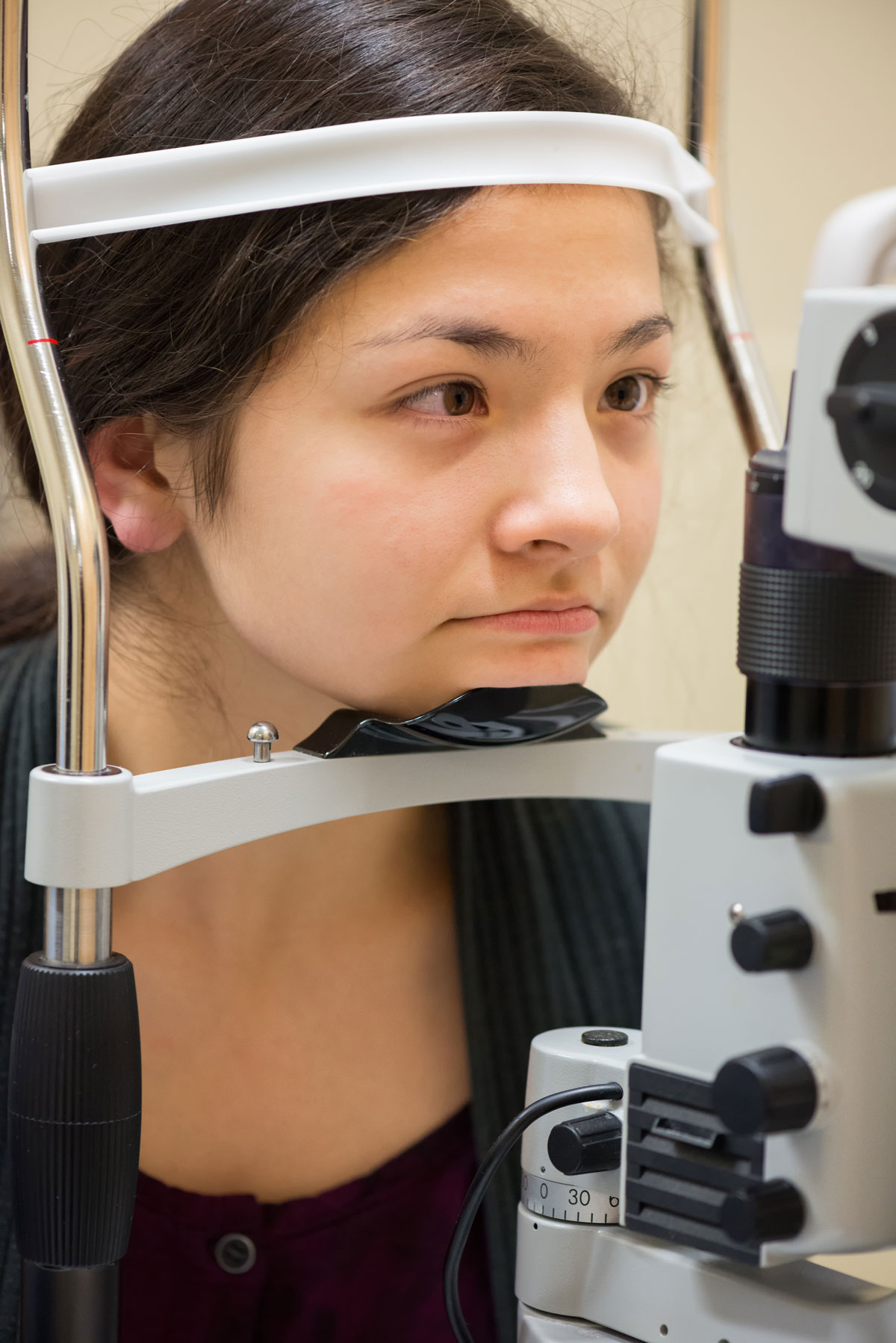 |
| Keeping an eye out for signs of hyperopia in children during regular vision screenings is critical for early detection. Photo: Getty Images. |
Screening for hyperopia in young children is key, as moderate and high levels of uncorrected hyperopia are associated with amblyopia, strabismus, reduced visual function and reduced literacy. Early detection allows for ophthalmic or educational interventions that can make a difference down the line in a child’s life and well-being.
Researchers recently published a study comparing the sensitivity and specificity of two automated screening devices for identifying hyperopia in preschool-aged children. The Retinomax Autorefractor and the Plusoptix Power Refractor II were used to detect the following targeted conditions: amblyopia, strabismus, significant refractive error and reduced visual acuity. The eyecare professionals who conducted the screening were masked to the two devices. Significant hyperopia was based on cycloplegic retinoscopy and defined as >4D for ages 36 to 48 months and >3.5D for age >48 months.
A total of 1,430 children were screened and 132 had significant hyperopia in at least one eye. According to the Vision in Preschoolers referral criteria, sensitivity for significant hyperopia was 80.3% for the Retinomax and 69.7% for the Power Refractor. Specificity relative to any targeted condition was 89.9% and 89.1%, respectively. The PediaVision referral criteria yielded a sensitivity for significant hyperopia of 84.9% for the Power Refractor, but specificity relative to any targeted condition was 78.3%. This was 11.6% lower than the Retinomax’s specificity.
“Our results from the VIP Study showed that at 90% specificity, the sensitivity of the Power Refractor II for detecting significant hyperopia was approximately 10% less than the sensitivity (approximately 80%) by the Retinomax,” the researchers noted in their paper. “This difference was observed when using both the AAPOS and VIP definitions of significant hyperopia. The sensitivity of the Power Refractor II for detecting significant hyperopia was similar to the sensitivity of the Retinomax when referral criteria recommended by PediaVision were used; however, specificity for the Power Refractor II was approximately 10% lower than the 90% for the Retinomax.”
Importantly, they pointed out, “A decrease in specificity from 90% to 80% doubles the number of false positives and decreases the positive predictive value for the Power Refractor II from approximately 60% to 43%, assuming a prevalence of 20% for all targeted conditions combined.”
The researchers concluded that there’s potential for automated devices that employ eccentric photorefraction to miss detecting significant hyperopia or increase the number of false positive referrals. “When developing a vision screening program…[this] must be taken into consideration,” they wrote.
Maguire MG, Ying G, Ciner EB, et al. Detection of significant hyperopia in preschool children using two automated vision screeners. Optom Vis Sci. December 9, 2021. [Epub ahead of print]. |


